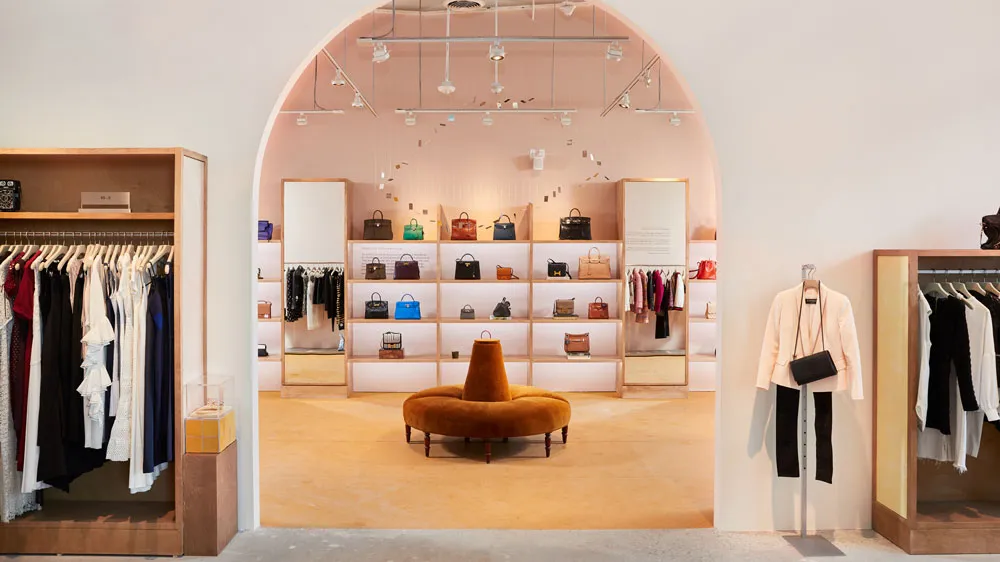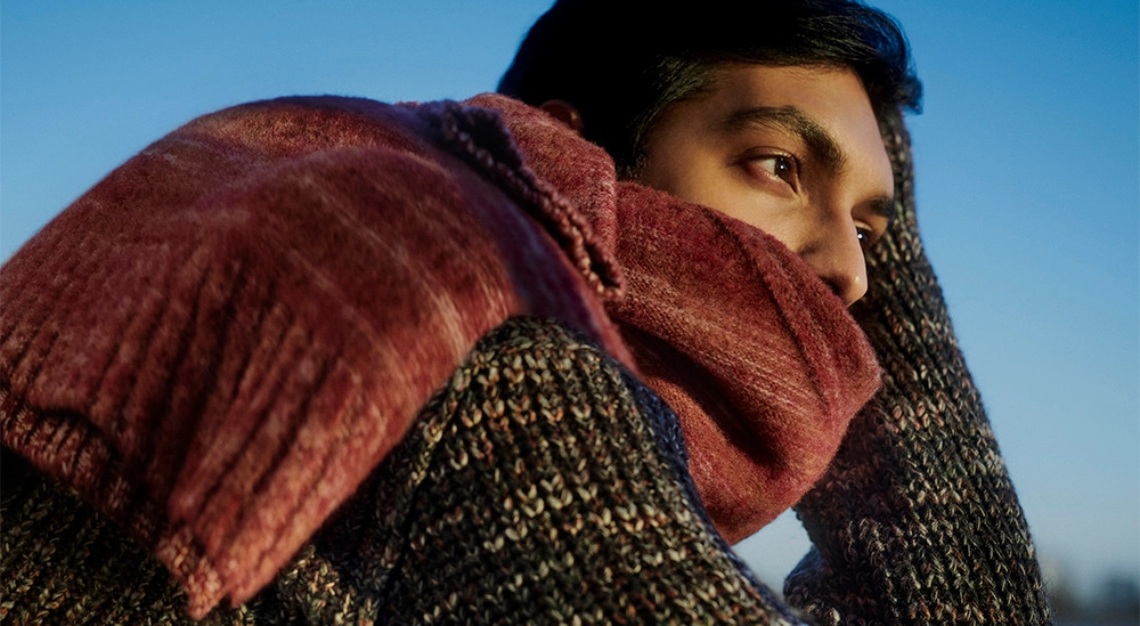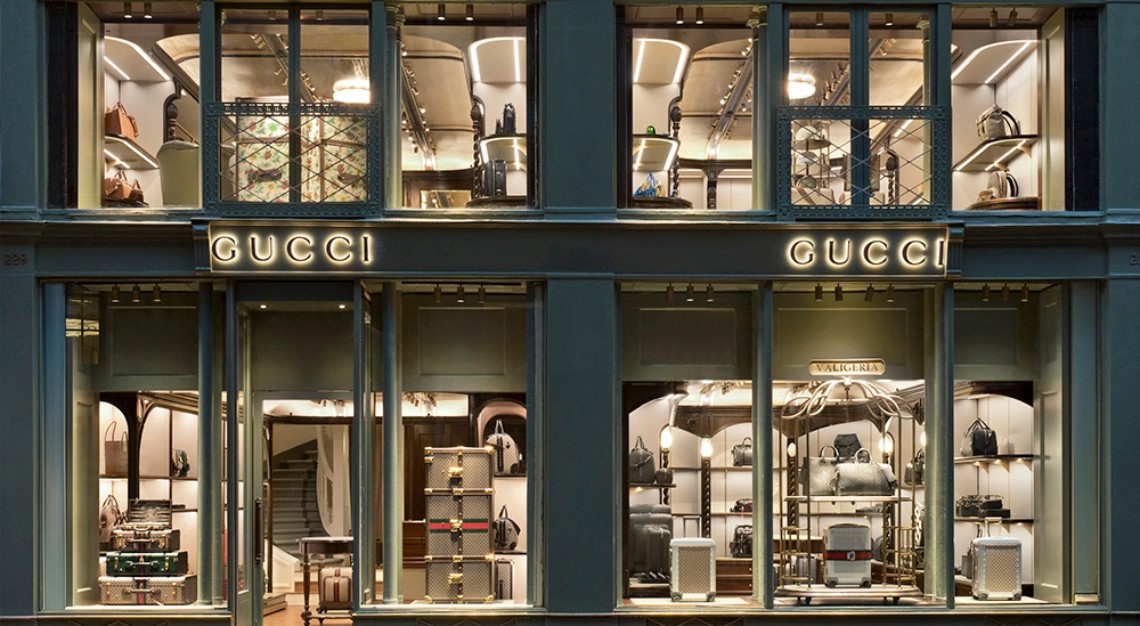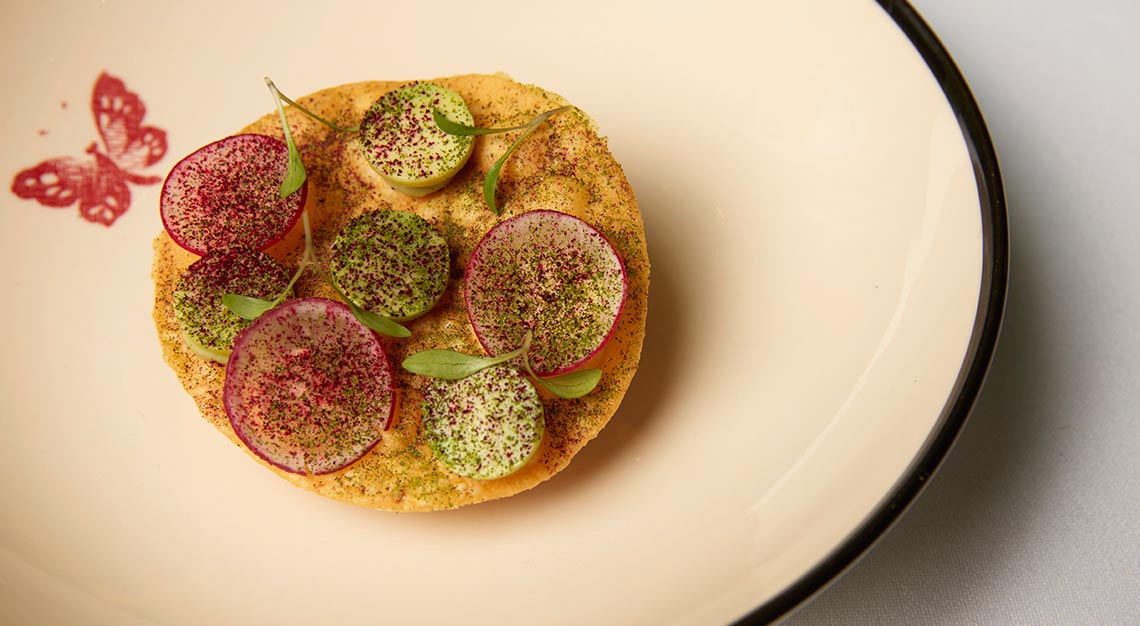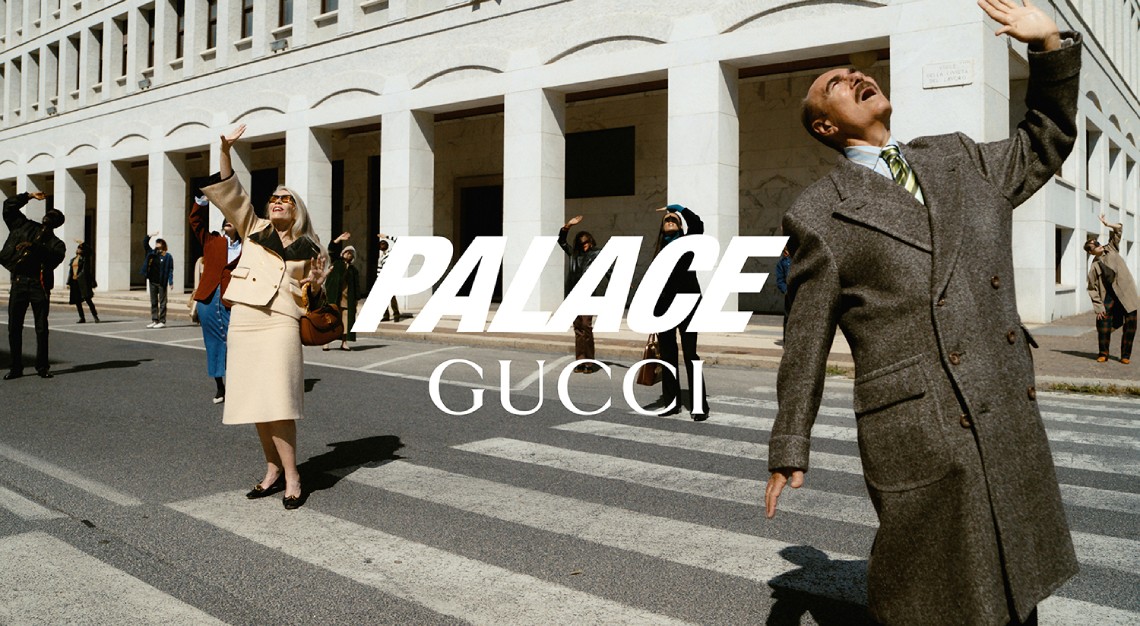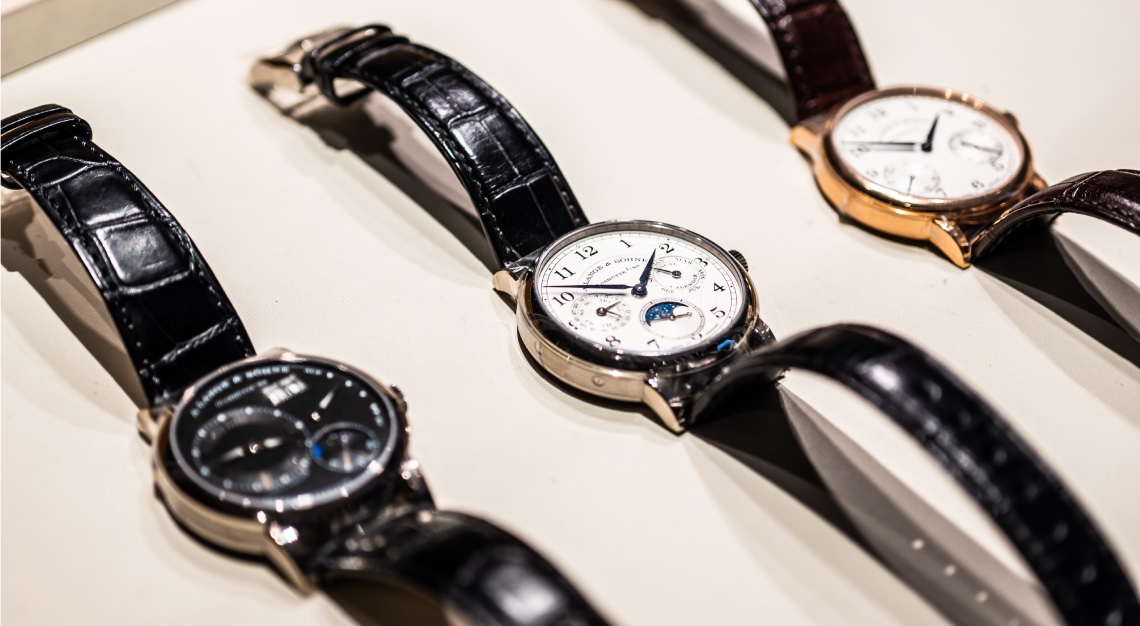In case you need further proof that the resale market is booming
It’s no secret that the luxury resale market has been booming since the beginning of the pandemic, but now we have even further proof.
Approximately US$49.3 billion worth of secondhand luxury products were sold worldwide in 2023, according to Bain & Company estimates. Online resellers such as the RealReal and Vestiaire Collective have made pre-owned designer garb even more accessible to the masses. As a result, the resale market has doubled in size in four years and is now equivalent to 12 per cent of the value of the market for new luxury goods, as reported by The Wall Street Journal. Not everybody is happy, though.
Some fashion houses are concerned that fakes may be sold on secondhand websites, as the proper authentication checks are not always in place. In addition, some houses are frustrated by the fact that shoppers can now determine which designer goods hold value and which ones don’t.
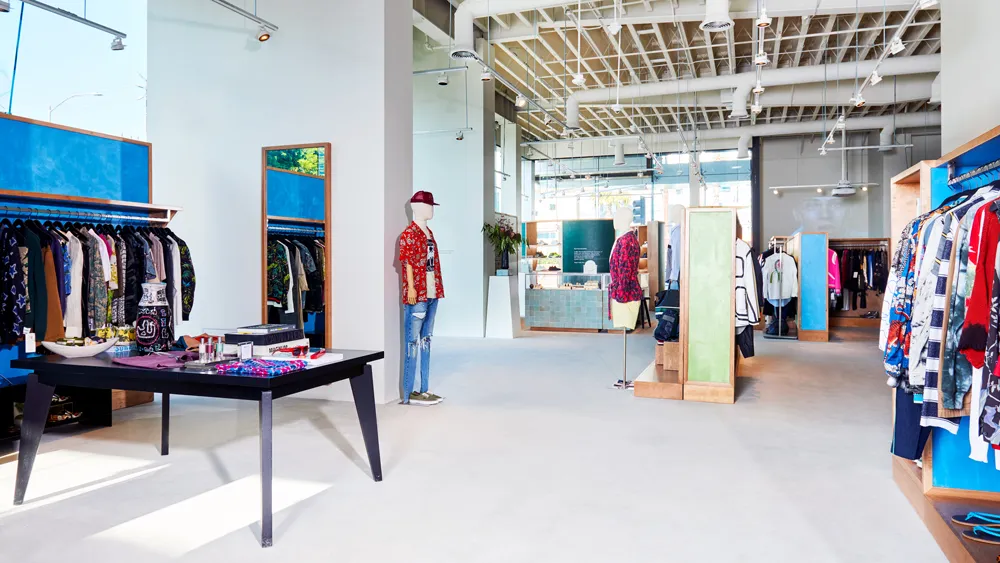
“I think brands are watching their resale value very closely,” Sasha Skoda, the RealReal’s senior director of merchandising, told WSJ. “They are curious to figure out how they can get more data around it.”
Some Hermès pieces, for example, are not only holding their value but can actually fetch a steep premium on the secondhand market. The brand’s pre-owned handbags are 25 per cent more expensive than new ones, in fact. Similarly, pre-owned watches made by Patek Philippe sell at average premiums of 39 percent.
The majority of brands take a hit on the resale market, though. The secondhand value of goods from Gucci, Balenciaga, and Bottega Veneta has dropped 10, 14, and 23 per cent, respectively, over the past year. Handbags made by Louis Vuitton lose 40 per cent of their value on average when they are resold, while Christian Dior’s bags almost halve in value.
Some luxury players are trying to maintain value by working directly with resale websites. Burberry recently teamed up with the Vestiaire Collective, while Gucci has partnered with The RealReal. Others have launched their own platforms.
As WSJ points out, peddling secondhand goods works for high-value, low-volume brands, but clothing designers and handbag makers would have to buy back vast amounts of pre-owned stock for success and that is likely to dilute their profits. As such, most luxury brands still need to find a way to capitalise on the booming resale market because it’s certainly not slowing down.
This story was first published by Robb Report USA
